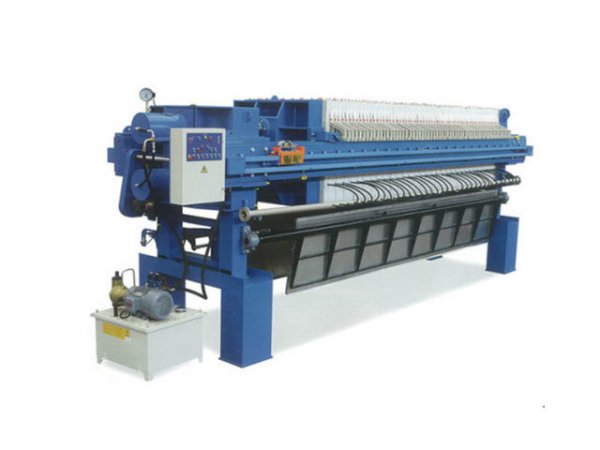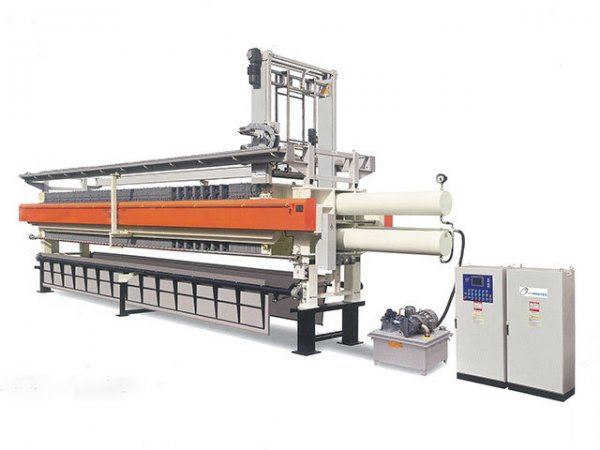NewsDetails
Automatic Filter Press: Installation Guide and Setup Steps (Chinese Manufacturers)
author:Shuangcheng time:2025-08-21 15:22:34 Click:107
The Value of Proper Installation
The Automatic Filter Press is widely recognized as a cornerstone in industrial solid–liquid separation. It is used across chemical processing, food and beverage production, mining, and wastewater treatment due to its efficiency, automation, and reliability.
Yet, even the most advanced equipment cannot deliver its full potential without proper installation. A poorly installed Automatic Filter Press may suffer from leaks, uneven pressure distribution, or excessive wear, leading to unnecessary downtime. Drawing on expertise from Chinese filter press supply networks and innovations from Chinese filter press manufacturers, this guide outlines the essential steps to ensure that installation is smooth, safe, and effective.
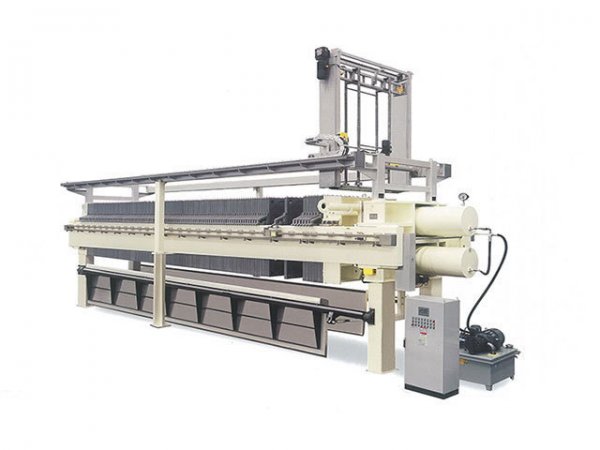

Step 1: Preparing the Installation Site
Successful installation begins with a well-prepared foundation:
·Level Groundwork – The surface must be solid, level, and capable of bearing the equipment’s heavy load.
·Drainage and Moisture Control – Adequate drainage channels prevent water accumulation, while good ventilation reduces humidity-related issues.
·Space Planning – Sufficient clearance should be reserved around the Automatic Filter Press for inspection, operation, and maintenance.
Proper site preparation minimizes operational risks and creates a stable environment for long-term performance.
Step 2: Inspecting the Equipment Before Setup
Before installation, inspect all components to ensure readiness:
·Check the frame, hydraulic system, and plates for any visible signs of damage.
·Verify that all necessary accessories—filter cloths, shifting devices, and control panels—are included.
·Compare delivered specifications with purchase details to confirm compatibility.
This step guarantees that the Automatic Filter Press starts its service life in optimal condition.
Step 3: Positioning and Anchoring
Correct placement of the machine is crucial for reliable operation:
Alignment – Position the press according to layout specifications to ensure smooth flow of slurry and filtrate.
Anchoring – Secure the main frame firmly to the ground with bolts to prevent vibrations during cycles.
Assembly – Attach auxiliary units such as hydraulic pumps and PLC control systems as directed.
Precise positioning is one of the most emphasized practices by Chinese filter press manufacturers, as it directly influences long-term stability.
Step 4: Connecting Utilities
The Automatic Filter Press relies on multiple utility connections for proper function:
·Hydraulic Power – Connect the hydraulic pump unit to manage plate compression and release.
·Electrical Supply – Link the control panel and automation systems to a stable and reliable power source.
·Piping Systems – Install slurry inlets, filtrate outlets, and discharge channels in accordance with process requirements.
·Air and Water Supply – Provide necessary utilities for cake washing and air-drying cycles.
Accurate connections reduce energy loss and ensure smooth automation.
Step 5: Installing Filter Plates and Cloths
The filter plates and cloths are critical to separation quality:
·Fit filter cloths tightly to prevent leakage during filtration.
·Arrange plates in the correct sequence and confirm proper alignment.
·Keep sealing surfaces clean and free from debris before operation.
The experience of Chinese filter press supply experts highlights that careful handling of plates and cloths is vital for consistent filtration performance.
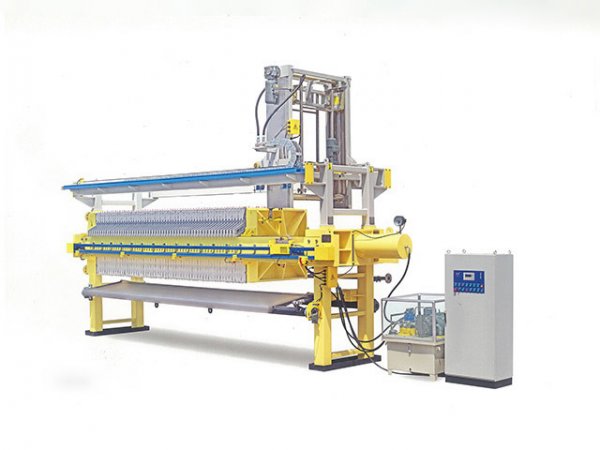
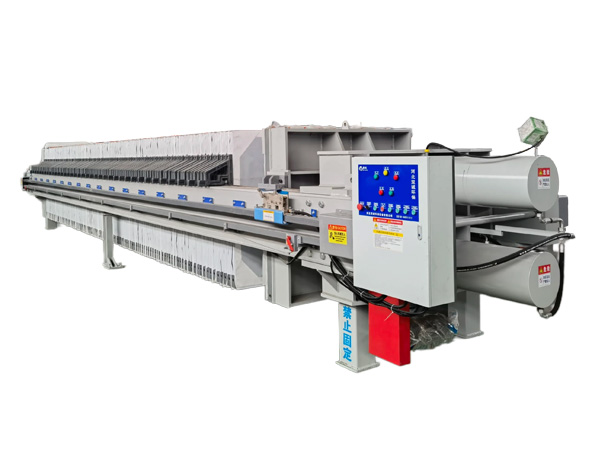
Step 6: Trial Runs and Calibration
Before regular use, trial operations confirm that the system is functioning correctly:
·Perform a dry run to ensure mechanical parts move smoothly.
·Conduct a wet run with water or test slurry to check for leaks and verify pressure stability.
·Adjust control parameters on the PLC system to align with process requirements.
Calibration at this stage prevents issues once full-scale production begins.
Step 7: Training Operators
Even the most advanced Automatic Filter Press requires skilled operators:
·Train staff on correct startup, shutdown, and emergency procedures.
·Provide instruction on interpreting system alerts and error messages.
·Reinforce safety measures regarding hydraulic pressure and moving components.
Operator competence, emphasized by Chinese filter press manufacturers, ensures that the equipment is used safely and effectively.
Step 8: Establishing a Maintenance Routine
Installation is only the beginning—ongoing maintenance ensures long service life:
·Regular Cleaning – Wash filter cloths to maintain permeability.
·Hydraulic System Checks – Monitor for leaks or pressure fluctuations.
·Component Replacement – Replace seals, cloths, or worn parts before they fail.
·Scheduled Inspections – Plan periodic technical checks to address minor issues early.
A well-maintained Automatic Filter Press runs efficiently, lowers operating costs, and minimizes unplanned downtime.
Conclusion: Building Efficiency from the Start
The Automatic Filter Press is a powerful tool for modern industries, but its true value is realized only through correct installation and ongoing care. From preparing the foundation to training operators, each step lays the groundwork for safe, efficient, and reliable operation.
With the expertise provided by Chinese filter press supply channels and the technical advances of Chinese filter press manufacturers, industries worldwide can install and operate their equipment with confidence.
Proper installation is not simply a technical requirement—it is the foundation for achieving maximum productivity and long-term reliability with an Automatic Filter Press.
References
GB/T 7714:Thomas C M. The use of filter presses for the dewatering of sludges[J]. Journal (Water Pollution Control Federation), 1971: 93-101.
MLA:Thomas, C. M. "The use of filter presses for the dewatering of sludges." Journal (Water Pollution Control Federation) (1971): 93-101.
APA:Thomas, C. M. (1971). The use of filter presses for the dewatering of sludges. Journal (Water Pollution Control Federation), 93-101.
 Recommended Products
Recommended Products
 Contact us
Contact us
—— Contact:Manager
—— Tel:+86 16632826789
—— Email:sales@hbscfilterpress.com
—— Url:https://www.hbscfilterpress.com
—— Address:West Zone of Economic Development Zone, Fucheng County, Hengshui City, Hebei Province




